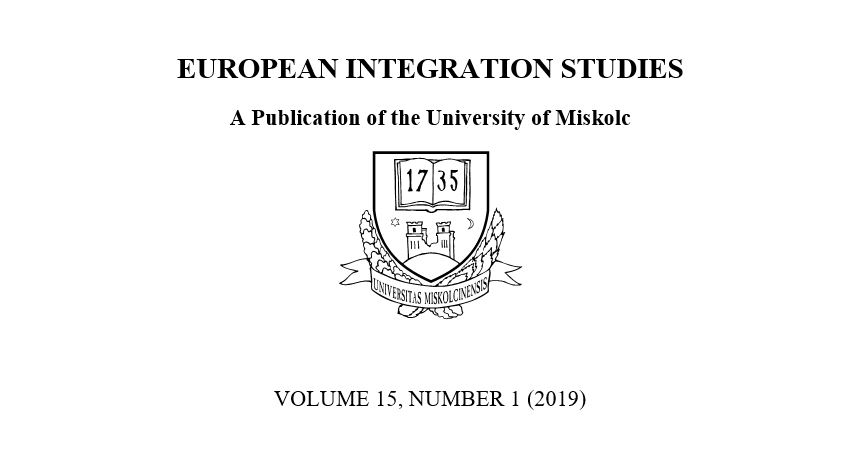POSSIBILITIES OF HARMONISATION IN THE FIELD OF FAMILY PROPERTY LAW
Kulcsszavak:
family property law, EU, harmonization, continental lawAbsztrakt
For a long time after the emergence of the contemporary legal systems, it has not been a problem for the states of Europe to keep their legal disputes within the borders.This was also true for family law disputes as well, but the number of so-called ‘mixed relationships’ where the parties were of different nationalities increased.
The cross-border acquisition is the necessary implication of mixed relationships, which goes beyond the framework of national regulations and it made necessarily the international regulation. After the born of the European Union, the settlement of family law disputes has not been on the agenda of the EU for a long time, however, the cross-border legislative process began later.
The aim of the unification is to facilitate the resolution of cross-border family law disputes and to enforce the requirement of legal certainty at the highest possible level. At the same time, many factors stand in the way of unification efforts. Such a problematic factor is the diversity of legal systems on the property law solutions between family members. Wopera Zsuzsa emphasizes, that there are significant differences in the property regimes of the Member States, but it can be a common point that the parties can generally decide whether to separate their property or to choose another property settlement at the time of the marriage. The biggest difference can be found between common-law and continental law systems. The basis of the difference it that, the common-law regime does not know the concepts of property law during the cohabitation and of property system and there are no special regulations for them





